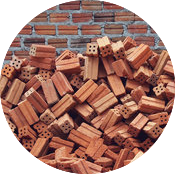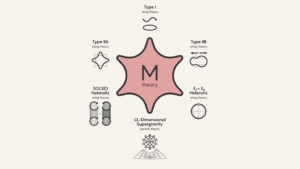
The most viscerally painful critique I received was from my PhD advisor in a high-stakes, high-reward meeting before my defense. She’d reviewed my 320-page, 466-footnote project. She had much to say.
I, of course, wanted to be showered with praise. I also wanted appreciation for the years of work I had put in. I wanted approval that would not only validate my efforts, but would also free me from this project, which felt more like a boulder than a millstone around my neck.
Perhaps you won’t be surprised to hear that I didn’t receive anything like the praise I sought. Instead, my advisor was outraged that I hadn’t adequately cited her influence. Then, she picked apart my argument, piece by piece, pointing out its every weakness and dismantling, theoretically and conceptually, the logic of its overarching structure.
I was annoyed. Then incensed. Then devastated. I was also embarrassed—embarrassed that my work hadn’t garnered her approval and embarrassed to realize that I wanted that approval so badly.
Today, more than ten years on, a major part of my work includes participating in similarly high-stakes, high-rewards conversations about high-commitment projects. I’m frequently the critic, but my work is also often the object of judgment. I still wonder: Why is it so hard to hear critique?
I’ve come to feel that critique hurts for a variety of reasons: It hurts because it mimics our inner doubts and insecurities. It hurts because it indicates rejection from a group we seek to join. Critique also communicates a strong signal that we must return to something that we long to release. It’s a painful indication that despite our efforts we haven’t achieved our aims.
I haven’t learned to lessen the quick sting of critique, but I’ve learned something more important: I’ve learned to see critique not as evidence of universal disappointment but as an invitation to collaboration. It may not be gentle, thoughtful, or even particularly well-meant, but critique frequently identifies problems and offers ideas that can make my ideas better.
Luckily, learning to view critique as collaboration isn’t a perspective shift that requires ten years to make. I believe I learned it back then, after the hurt of my advisor’s words subsided. When I felt capable of opening up my document yet again, I applied many of her suggestions. I ripped apart the garment I had spent years weaving, then pieced it into something new. It actually didn’t take nearly as long as I had feared, and once I was finished, I experienced the relief of utter rightness. The project was not only in better shape, but it had finally, finally achieved the form I’d been aiming at all along.
Since then, I’ve had the opportunity to feel the pain of critique many, many times. It still hurts, but now I consider it an invitation to collaboration. When I accept, my projects benefit.









